- Campus
- 28/11/2022
Strolling through history
Did you know that Atlas’ storm resistance was tested using an airplane engine? That there used to be a water mill right where the Auditorium stands today? That the Sports Center was designed by none other than Gerrit Rietveld? And that our university used to have its own nuclear reactor? Erik Geelen, manager of TU/e’s historical image bank, regularly guides historical walks around campus. Cursor joined him on one of these walks.
How was it that 1950s Eindhoven had room for a complete, spacious university campus to be built right behind the train station? Had its streets been wiped from the face of the earth by WWII bombings? No, nothing had ever been built on the land, says Erik Geelen: “The area lay fallow, it was countryside. Because of its boggy condition, it was difficult to build on.” But developments in construction led to new possibilities: thanks to pile driving, it was possible to erect the buildings for the new Technische Hogeschool Eindhoven (THE) there after all.
That the Netherlands’ second TH – the first one being in Delft – would be built in Eindhoven, was not an immediate certainty. Because of the post-war reconstruction, there was a great demand for engineers. It had already been decided by The Hague that the new school would be located in the south of the country. “The story goes that Eindhoven’s own Frits Philips had initially advocated Den Bosch as the preferred location, which he felt would be more appealing as a student city.” Fortunately, things turned out differently.
Erik Geelen is full of facts and anecdotes on the history of present-day TU/e. In 1987, he started working at the university library and has since increasingly specialized in image archiving. As such, he knows exactly how the face of the campus has changed over the years.
For all photos in the article, click to enlarge.
The sleek, industrial design of the THE campus was born out of the drawing pencil of Sam J. van Embden (1904-2000). The reconstruction architect was inspired by the TH campus in Zurich, Geelen knows. “The characteristic features are the air bridges connecting the buildings. Van Embden wanted all students and scientists to be able to meet each other with ease.”
The first buildings
The very first building of the THE was the Paviljoen, which was meant to be a temporary educational facility. “That’s why it also went by the name Provisorium for a while.” In the meantime, permanent buildings were being constructed nearby. In 1957, the first classes were held in the Paviljoen. What no one could have imagined at the time was that the building would ultimately remain in use for sixty years – half a century longer than intended. Demolition was completed only last year to make room for two residential towers for students, whose construction started recently.
The first of the permanent THE buildings were the FT-hal (what is now Matrix) and the W-hal (now MetaForum): large workplaces for chemical engineering and mechanical engineering, respectively. Together with electrical engineering, they formed the first three departments. “The fact that the first buildings mainly housed practical classrooms was related to the educational vision of those early days: theory was only taught in the morning and the entire afternoon was devoted to practical classes.”
Years later, when TU/e wanted to replace the W-hal with a new building which would accommodate the university library and the Department of Mathematics and Computer Science, Built Environment students and staff, among others, protested because of the architectural value of the building. One of them was professor of architectural history Bernard Colenbrander, who recently delivered his farewell speech. As a member of the Quality Committee, Colenbrander also safeguards the campus’ appearance.
Geelen: “As far as I know, the W-hal was unique because of the multi-leveled square roof elements – the checkerboard pattern – and because of the construction with the so-called tie rods, which allowed for large uninterrupted spaces.” Ultimately, those elements were preserved in what is now called MetaForum, with the open Markthal in front of it. MetaForum opened in 2012, and in 2018 the W-hal became a national monument ‘posthumously’.
Main Building
Construction of Atlas, then matter-of-factly known as the Main Building, began shortly after the halls were built. Prime Minster Willem Drees personally travelled down south to drive the first pile into the ground. This building’s architecture was equally as innovative, says Geelen. “At the time, there were hardly any tall buildings in our country with walls that were almost entirely made of glass – so-called curtain walls. The Main Building was one of the first, after the Van Nelle Factory and the Beursgebouw, both in Rotterdam.”
“Because curtain walling was such a novelty, they first constructed a test building a little further on. The storm resistance of the glass walls was tested by pointing an airplane engine with a propeller at them.” In 1963, the Main Building was put into use. After being renovated, the building, which has been rechristened “Atlas”, reopened in 2019 as the most sustainable educational building in the world.
The Sports Center
The Student Sports Center (SSCE) is not particularly eye-catching. It is situated on the other side of the Dommel, which makes it somewhat secluded, and the building itself is also not very remarkable. But appearances can be deceiving, Erik Geelen points out. “If you look at it now, the building seems a bit non-descript. But if you take a look at this photo taken shortly after construction was completed, you can definitely recognize the signature style.” Indeed, there it is: the hand of the master himself. The building was designed by none other than Gerrit Rietveld, who incidentally died shortly before completion in 1965.
Auditorium
Looking at Atlas’ concrete interior – the impressive pillars and the angular geometric framing of the ceiling – the hallmarks of Brutalist architecture are unmistakable. The imposing, almost threatening concrete design, characteristic of this reconstruction movement, is also evident in the Auditorium; not just on the inside, but also in the exterior. This makes it all the more difficult to picture that the site of this ‘beast’ used to be home to the picturesque Woensel Watermill.
A water mill needs moving water, which means that the Dommel used to run a different course. It had to be moved a little to the west to create more space for the campus. Geelen shows an old photo depicting American-made earth-moving machines excavating the new riverbed.
“The Auditorium was built in 1966, when it became apparent that student numbers were growing more rapidly than anticipated.” Geelen points to the other side of the Dommel, where a monument was erected commemorating the former water mill. “It contains several of the water mill’s original parts, including a millstone.”
Energy
The walk takes us past Gemini, the former W-hoog building that was constructed around 1970. The building has always been home to mechanical engineers. “It’s next on the list for renovation.” Across from it, right in the middle of the Green Strip, is Ceres. The small building is flanked by the seventy-meter-tall brick chimney, which serves as a landmark on campus, and a “lollipop-shaped” tower that used to store water.
“Ceres is now home to the Institute for Complex Molecule Systems, but it used to be the boiler house, providing heating for the buildings on campus.” Geelen points south towards Professor Doctor Dorgelolaan – named after the TH’s first Rector: “See that row of four chimneys on the roof? That building, Athene, used to house a small nuclear research reactor. It was there purely for educational purposes, but in the late 1960s, it was the university’s pride and joy.” Shortly thereafter, in the 1970s, the reputation of nuclear power changed and mass protests took place, such as the one in Doodewaard. “The reactor was later decommissioned. The radiation level is still being monitored to this day.”
Living on campus
The idea of a residential campus, a place where students are not only provided with education but also with housing, gained traction over the last 25 years, according to Geelen. So where did students reside before that? “They would board with a landlady for example, but you may also have heard the story of how the Limbopad got its name? Many students, particularly from Limburg, would stay at home and walk en masse along that path from the train station to campus every day.”
In recent years, two residential towers were built on campus. In 2016, the first tenants moved into the newly built apartment building Aurora, and the educational building E-hoog, which belonged to Electrical Engineering, was reopened in 2017 as the residential tower Luna. On the northeastern edge of campus, where the Paviljoen used to be, more new construction is planned: two towers providing a total of 735 residential units. But it is an uphill battle: the room shortage among students remains acute, especially now that an increasing proportion of the student population consists of internationals, for whom commuting is not an option.
Art
The face of the campus is in part defined by the works of art that can be found there. “TU/e started collecting art very early on. It was a spearhead of the first Rector, Henk Dorgelo, who felt it was important to provide students with a form of social education as well. That is why he founded Studium Generale, for example. This drive was partly the result of the difficult ethical dilemmas Dorgelo had faced during World War II, when he was Rector of the TH in Delft – those issues haunted him for the rest of his life.”
Among the first works of art displayed outdoors on campus is the sculpture The Technical Student (1958) created by Oswald Wenckebach. “He also made the statue of Anton Philips that can be found on the center side of the train station. And you might also be familiar with his sculpture Monsieur Jacques, who greets visitors at the Kröller-Müller Museum. The student is one of his later, somewhat more abstract sculptures.”
Another early sculpture found on the TU/e grounds is Wording (1968), by Piet Killaars. “It’s a stylized hand emerging from the water of the pond in front of Atlas. The hand contains matter and it alludes to the university’s motto: Mens agitat molem, spirit moves matter.”
The future
For such a young campus, TU/e is situated very close to the city center. At the same time, the train track separates the two from each other. The municipality and the university have always struggled with this paradox, notes Geelen. “Eindhoven has always wanted to expand the city center to the north side of the station, but never succeeded. The university took steps to move part of its student life into the city center: the social associations have relocated from the Bunker to city premises.”
The Bunker (1967), another antique brutalist powerhouse, now forms the foundation of a new residential tower on John F. Kennedylaan, overlooking the campus. And there are grand plans in place to build more high-rise buildings on the north side of the station, with the pièce de résistance being the Kathedraal: twin residential towers made of wood. With all these new residents, it would be a miracle if the vibrancy of the center did not eventually cross the tracks.
TU/e, meanwhile, has grand plans of its own: if the upscaling plans are realized, all those extra students will require housing. The first rough design sketches for three new buildings on campus are currently underway, but possibilities to expand to the High Tech Campus and the Automotive Campus in Helmond are also being considered. You may want to take another good look around, because in a few years’ time, the campus might be unrecognizable.
About three times a year, Erik Geelen guides a historical group walk around TU/e’s campus. The next one is scheduled for Wednesday, December 14, from 12:00 to roughly 13:00, departing from the square between Atlas and MetaForum. If you would like to join this walk or any of the following ones, please send an email.
Would you rather delve into the university’s history online? Check out TU/e’s digital encyclopedia.
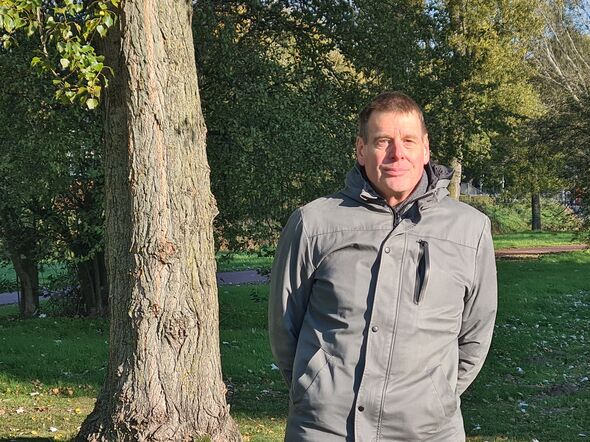
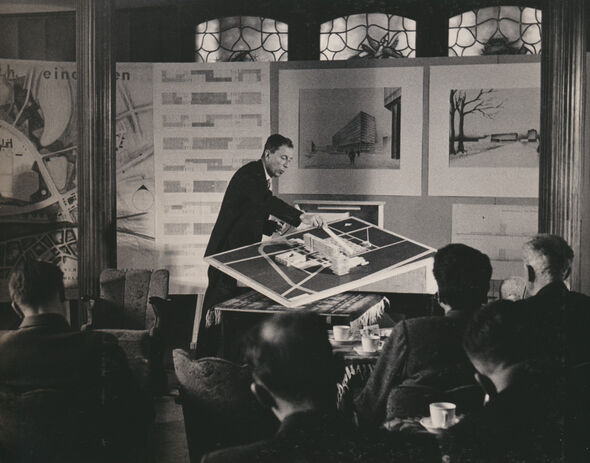
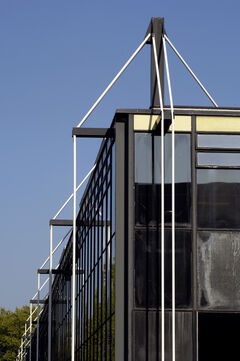
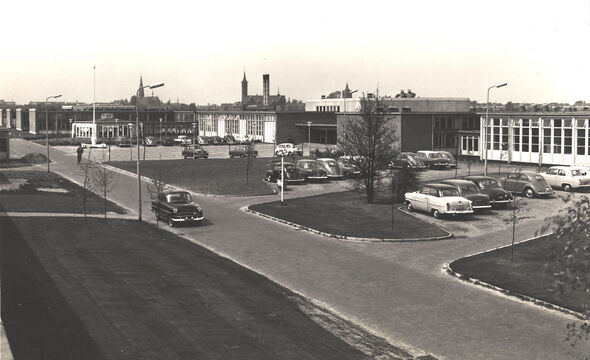
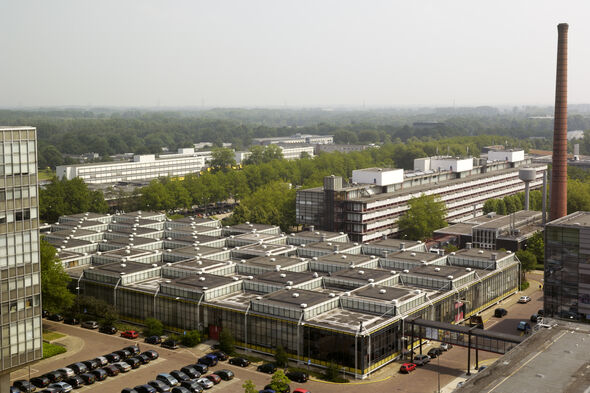
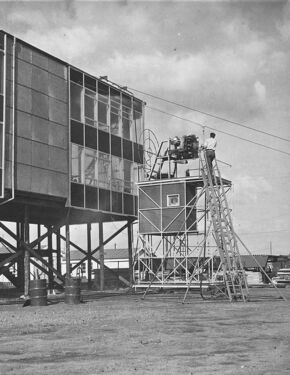
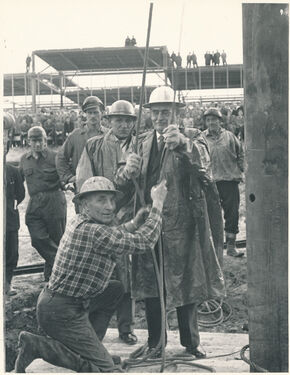
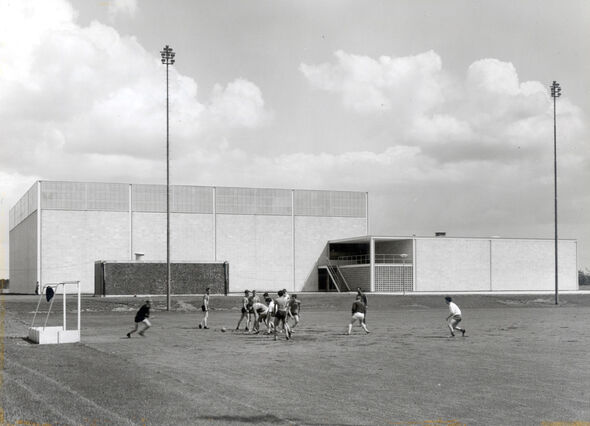
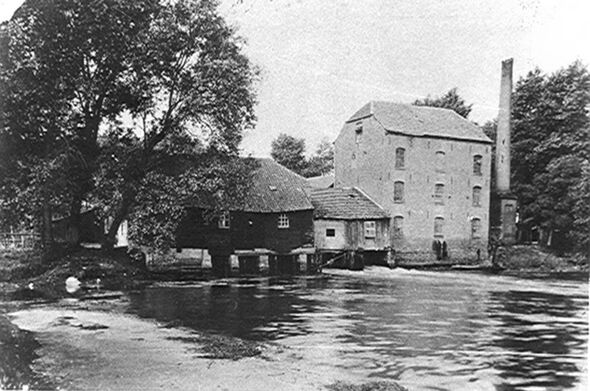
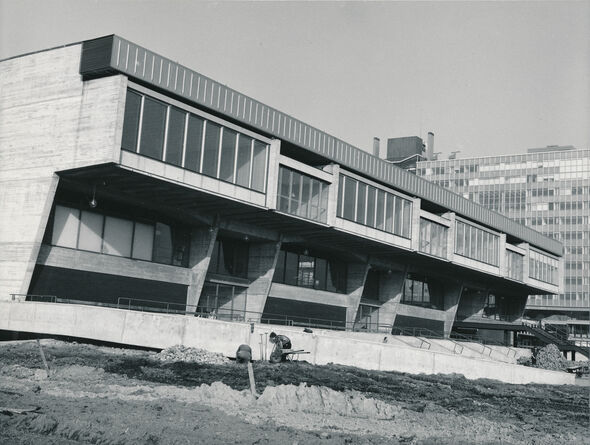
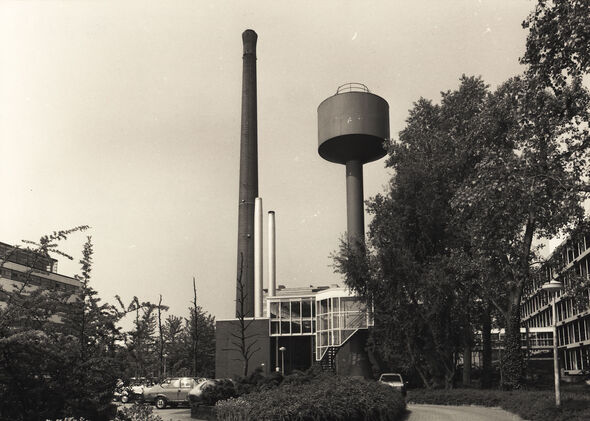
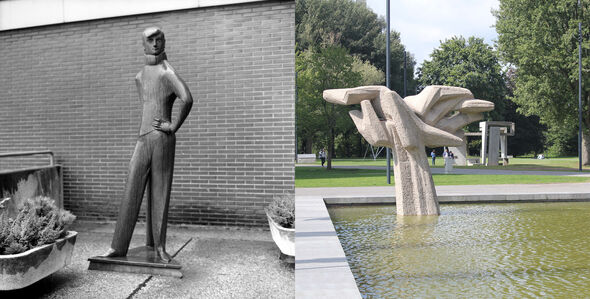
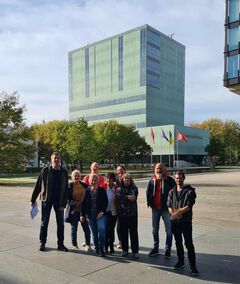
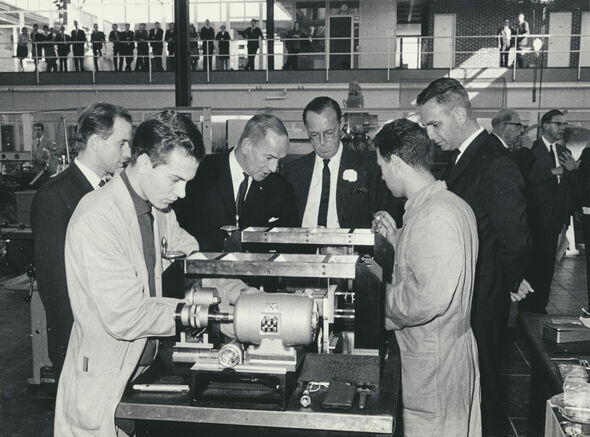
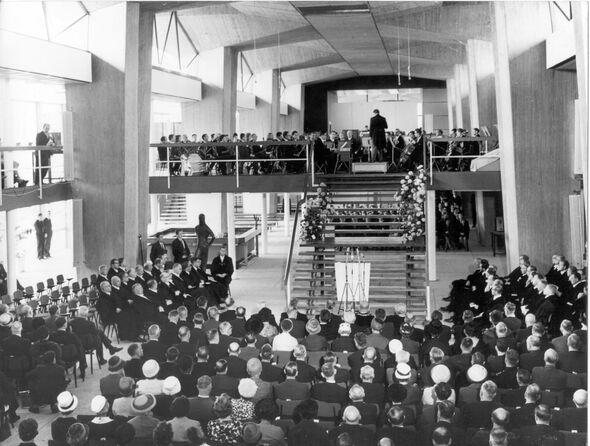
Discussion